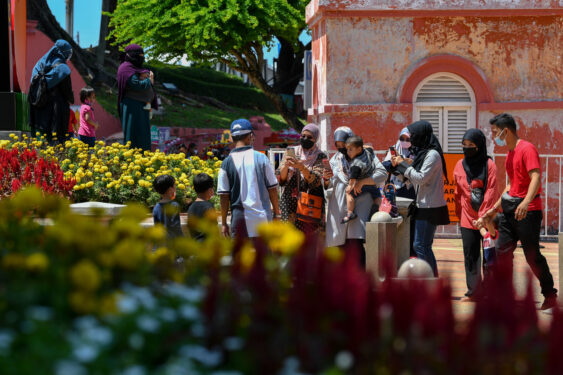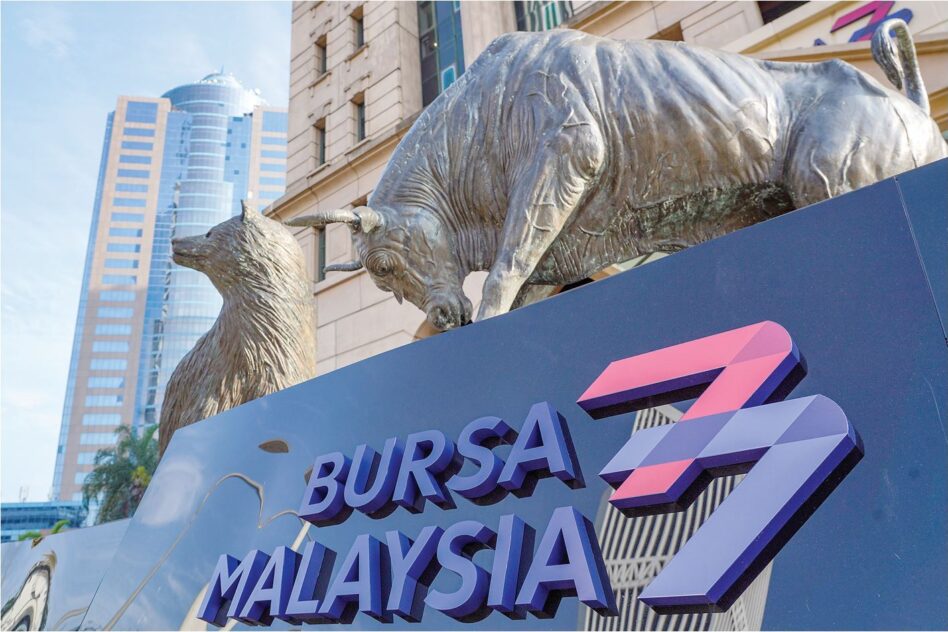By Lee Heng Guie
THE government has adopted six approaches or 6Rs (Resolve, Resilience, Restart, Recovery, Revitalise and Reform) to balance between the Covid-19 containment and people’s livelihood as well as the economy.
Following the reopening of the economy under the Conditional Movement Control Order (MCO) starting May 4, the government is shifting gear towards a recovery mode as it is currently working on a short-term recovery plan to facilitate the rehabilitation of a fractured economy while preparing the 2021 National Budget. The prime minister is expected to announce the recovery plan at end-May.
The Recovery, Revitalise and Reform approaches of the economy will be the focused priority in the tabling of the 2021 Budget at end-October or early November, which will outline measures and policies to revitalise and ensure a sustained economic revival over the next 12 months. The 12 Malaysia Plan (2021-2025) will chart the country’s medium- and long-term strategic directions.
It is expected that many households would have depleted savings or incurred debt, and would rebuild savings and therefore consume less. Similarly, many firms have shut down their business, suffered cash flow problems and also need to rebuild their balance sheet before committing to invest.
The following are five key issues that the domestic economy, households and businesses operating in the “low touch” economy are likely to face in the preparation of a short-term recovery plan.
1. Health and safety concerns
Communities and businesses remain wary about potential ongoing health and safety issues related to Covid-19. Everyone must keep their social discipline and responsibility to maintain social distancing and take protective measures (wearing masks, using hand sanitiser) to keep our community safe and protected until the vaccine is found. Businesses and employers must at all times comply with the standard operating procedures (SOPs) to protect their employees and customers.
2. Facilitating short-term recovery process
Growth stabilisation must be on the mend. The rehabilitation phase is to stabilise domestic economic and business conditions as well as enable the economy to recover sustainably amid the ongoing containment of Covid-19.
It is reasonable to expect domestic consumption and business capital spending to mend gradually, accompanied by a restoration of consumer confidence and business sentiment.
Restoring consumer and investor confidence will be key to domestic economic recovery. This is anchored on keeping clear and consistent communication flows of the government’s economic stabilisation policies, backed by calibre leadership management. Macro-economics and political stability are essential for ensuring a conducive and predictable environment for businesses to continue operating.
Businesses and investors want the 3Cs (Clarity, Consistency and Continuity). The enforcement of SOPs must be consistent and transparent. More importantly, sufficient public and industry engagement is a must before the implementation of public policies so as to avoid policy flip-flops as it hurts businesses and worry investors.
3. Economic stabilisation and recover
Economic stabilisation and recovery following a major shock can be a tricky and frustrating experience for the government, partly because so many economic factors are out of the government’s control.
Challenges remain for businesses. The short- to medium-term challenges are deterioration of market demand, supply chain disruptions and rising operating costs. In the next three to six months, all industries will encounter obstacles restarting a smooth collaboration with suppliers, distributors and customers. Cash-flow problems and supply chain disruptions may slow efforts to get plants up and running.
Cash flow is vital for businesses’ survival and sustainability as they go through cycles of boom and bust. Many small businesses will not survive if there is insufficient cash flow to weather the storm as it takes some time to recoup the revenue loss. ACCCIM’s Quick-Take Survey indicated that close to half of the companies surveyed have indicated that they need more than six months to recover their business.
The extension of financial relief and assistance to ease cash flow and operating costs can be considered. These include the Special Relief Fund; a further reduction in foreign workers’ levy or exemption till 2021; Accelerated Capital Allowance on the purchase of technology equipment, data solutions and ICT to support the remote office; tax relief on the purchase of personal protective equipment (PPE) and sanitisation cost; extension of the special tax deduction on reduction of rental for another six months till end-December 2020. This tax rental deduction is also eligible for rental payment reduction given to large companies’ tenant.
A form of financial grants and soft loans can be given to support micro businesses and start-ups, including e-commerce and online businesses in the new low “touch” economy. Digitisation and automation grant can be provided to help SMEs. Malaysia Digital Economy Corp (MDEC) and SME Corp can collaborate and design a programme to facilitate micro businesses and SMEs to realise the potential of digital-enabled businesses. The programmes are also to encourage small businesses to develop partnership assistance networks to expand and make visible the resources they have available to them. Smart agriculture enterprising is the way to go.
4. Enhancing consumption, income and jobs preservation
Concerned with the safety of going outside, loss or reduced income, loss of employment and the possibility of future layoffs, households and consumers would remain reluctant to spend money as usual.
To combat this, one of the ways to spur consumer confidence is through the use of online consumption vouchers by both the government and participating merchandisers, retailers, hotels and tour operators, which provide incentives to consumers and shoppers. These vouchers can be redeemed at participating dining, shopping, travel, cultural and recreational enterprises. Cuti-Cuti Malaysia and Buy Malaysia Made campaign must be actively promoted and encouraged through some form of tax credit and relief.
Job placement, skills training and income support programmes must be continued for the vulnerable groups. For the loss of employment of low-income workers, one option is to provide extended income support fund and training scheme to improve skills and job placement assistance based on the recovering economy and businesses.
For self-employed persons with less income security and livelihoods that are badly impacted, they are harder to reach and work in diverse industries and occupation. For first-time job seekers, they could be given the option of a co-sharing traineeship between the government and private sector, especially for new graduates and diploma students.
5. Accelerate projects implementation
The ongoing public infrastructure projects (MRT2, LRT3 and Pan Borneo Highway), RM4 bil smaller rural and socio-economic projects cutting across the ministries and the National Fiberalisation and Connectivity Plan must be accelerated.
Over the medium term, fiscal spending on infrastructure investment in new projects should remain targeted to support domestic demand while enhancing the country’s future productive capacity.
There should be a focus on investing in “new smart infrastructure” used for high-tech, digitalisation and sustainable purposes (renewable energy, climate change, eco-green). These include big data centres, 5G infrastructure and charging stations for new energy vehicles, solar energy, healthcare and defence technology. – May 18, 2020









